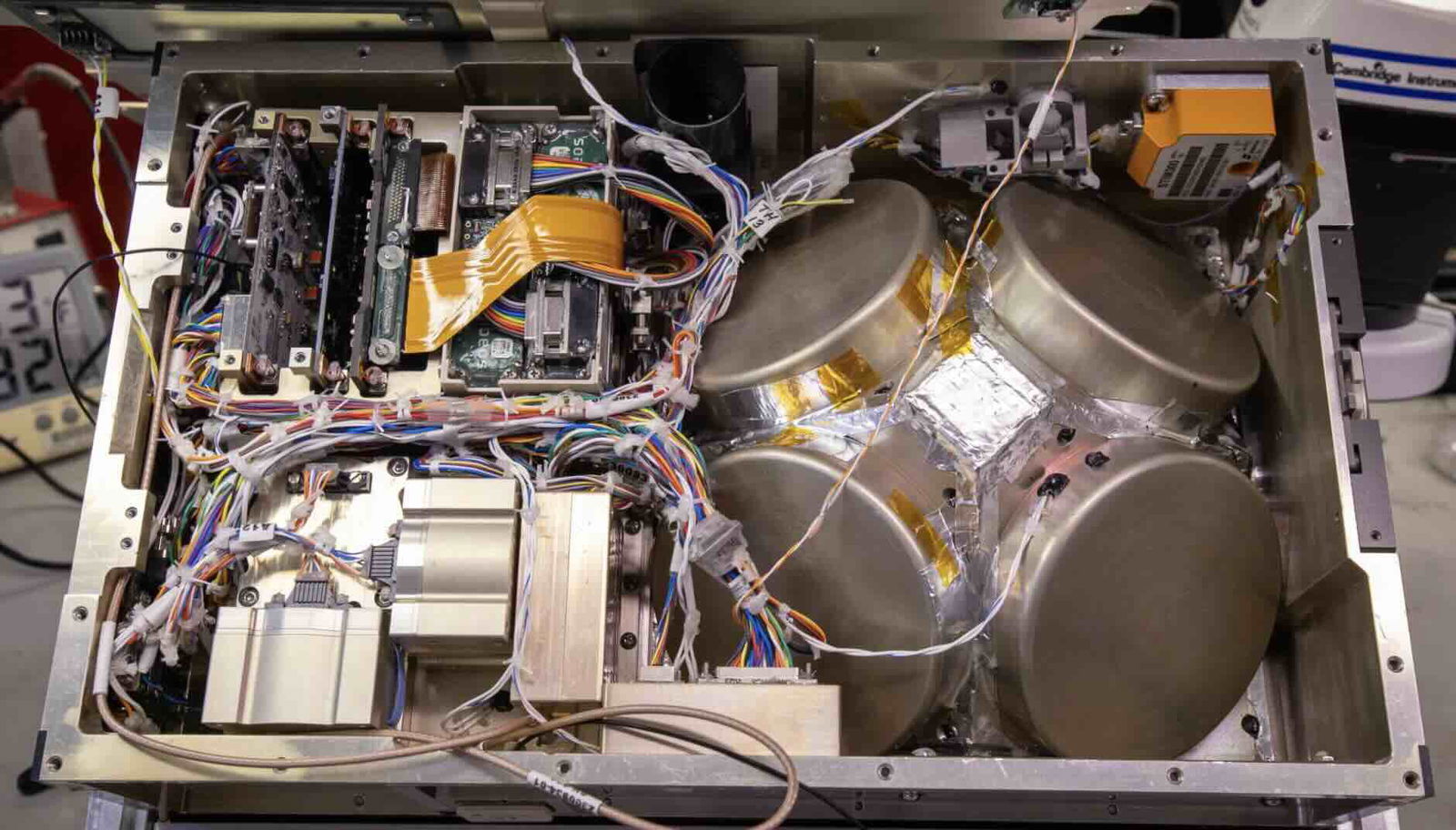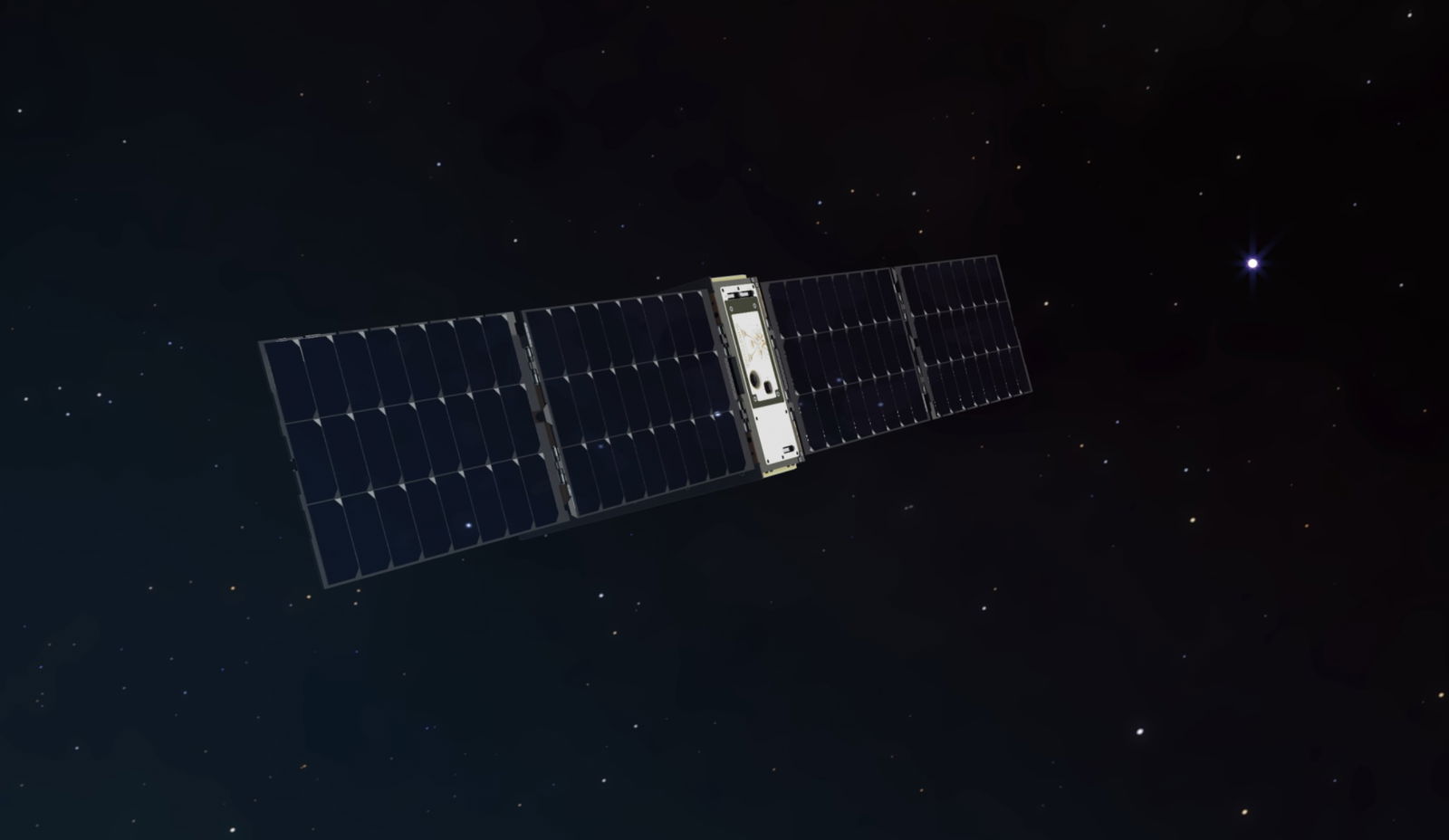NASA’s BurstCube satellite has successfully detected a gamma-ray burst in outer space, achieving a major milestone in its mission.
Despite being no larger than a shoebox, this tiny satellite is designed to monitor gamma-ray bursts from orbit. While such cosmic events can be immensely destructive, they also have the potential to create essential elements for life.
The Next Generation of Gamma Detection
Sean Semper, lead engineer of BurstCube at NASA’s Goddard Space Flight Center, commented on the satellite’s achievement: “We’re excited to collect science data. It’s an important milestone for the team and for the many early career engineers and scientists that have been part of the mission.” The BurstCube is part of a range of “CubeSats,” small cubic satellites that come in various sizes, aimed at testing new equipment and providing hands-on training for early career engineers and scientists.
BurstCube is a 6U CubeSat, measuring just 3.9 inches across. It is equipped with instruments specifically designed to detect short gamma-ray bursts lasting less than two seconds. The satellite’s four detectors, known as scintillators, convert gamma rays into visible light, providing a wide view of the sky.


The most common source of these gamma-ray bursts is the collision of neutron stars, which produces heavy elements like gold and iodine, and creates ripples in space-time known as gravitational waves, which are of particular interest to astrophysicists.
Deploying BurstCube
The BurstCube was launched aboard SpaceX’s 30th Commercial Resupply Services mission to the International Space Station (ISS) on March 21, 2024. It entered Earth orbit on April 18, 2024, marking the start of its mission. However, the deployment faced early challenges. One of the satellite’s two solar panels failed to fully extend, obstructing the star tracker and making it difficult to orient the satellite to reduce drag. Although these issues have not significantly impacted its primary function of detecting gamma-ray bursts, the mission duration has been reduced from an expected 12-18 months to a planned re-entry in September.
“I’m proud of how the team responded to the situation and is making the best use of the time we have in orbit,” said Jeremy Perkins, BurstCube’s principal investigator at Goddard. He emphasized that the mission remains successful as a training tool, even with its shortened timeline: “Small missions like BurstCube not only provide an opportunity to do great science and test new technologies, like our gamma-ray detector, but also offer important learning experiences for the next generation of astrophysicists.”
Continuing Work for BurstCube
Despite its shortened lifespan, BurstCube continues to provide valuable data. It is the first CubeSat to integrate with NASA’s Tracking and Data Relay Satellite (TDRS) system, a network of communications spacecraft, and it also makes periodic direct-to-Earth transmissions.
On June 29th, during an event designated GRB 240629A, BurstCube reported a gamma-ray burst originating from the southern constellation Microscopium. By analyzing the data transmitted back to Earth, the team obtained precise measurements of the burst’s intensity and duration. However, uncertainties with the onboard clock created a 25-second offset in the recorded arrival time.
The team shared their findings recently in GCN Circular 37340, which can be found online here.
Ryan Whalen covers science and technology for The Debrief. He holds a BA in History and a Master of Library and Information Science with a certificate in Data Science. He can be contacted at ryan@thedebrief.org, and follow him on Twitter @mdntwvlf.

